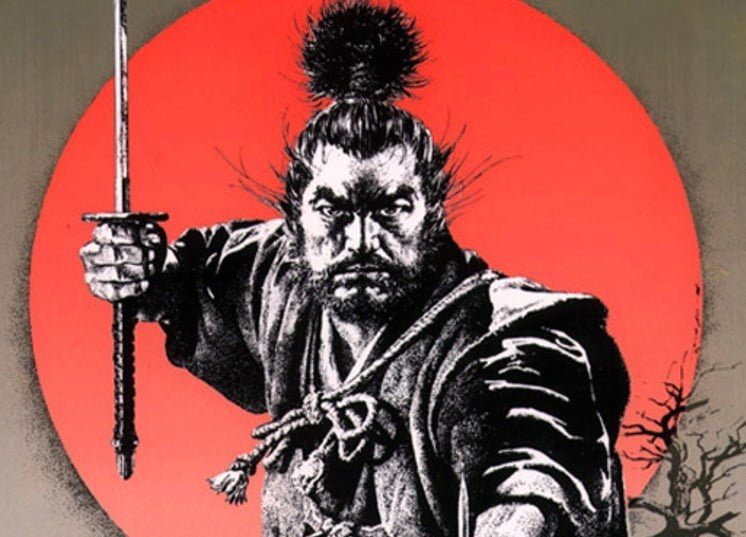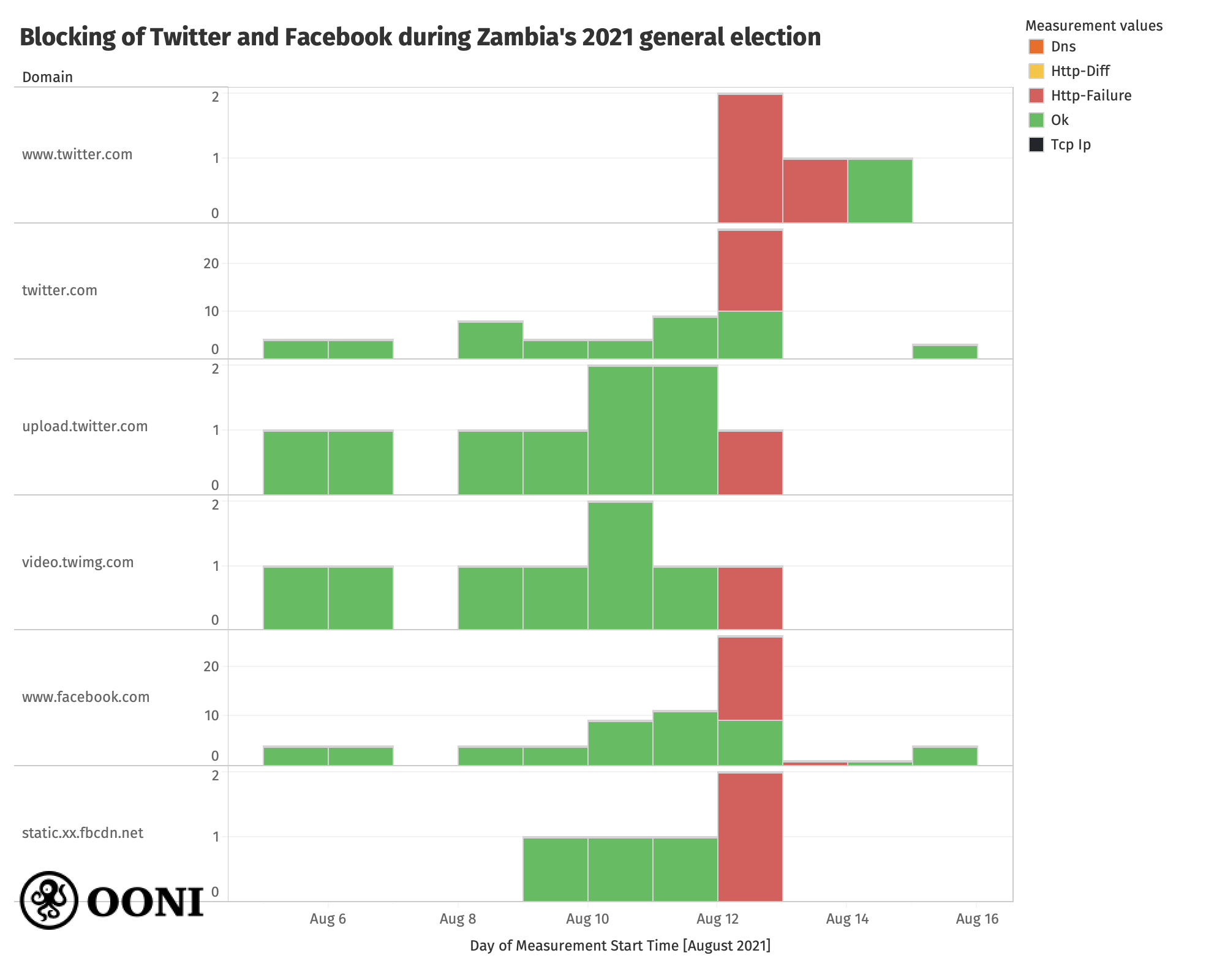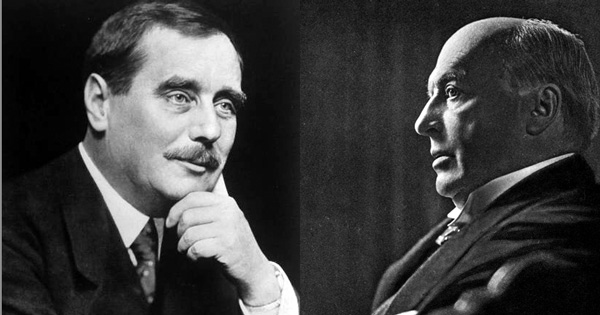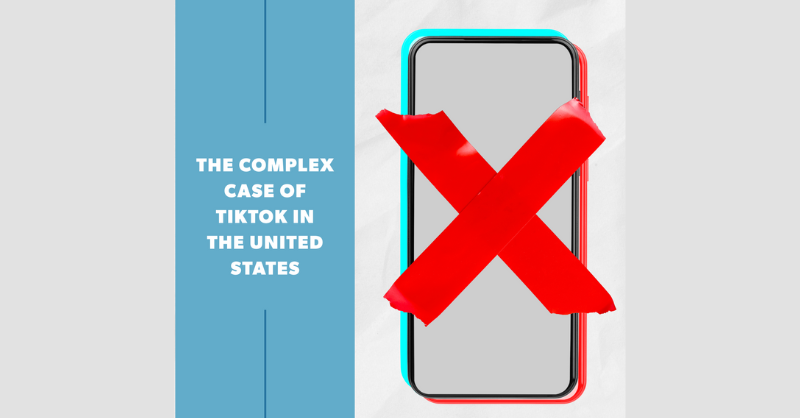
Pleasure Domes and Postal Routes
The Horde: How the Mongols Changed the World
The Mongol Century: Visual Cultures of Yuan China, 1271–1368
Two millennia ago, in his Records of the Grand Historian, the Chinese scholar Sima Qian concluded that no empire could be ruled from horseback, and later histories seemed to confirm the view that imperial authority must be vested in cities. The great fourteenth-century scholar Ibn Khaldun developed a now familiar theory that “the rulers of a state, once they have become sedentary, always imitate in their ways of living those of the state to which they have succeeded.” So barbarian conquerors would be culturally conquered, and absorbed into the static civilizations they had once invaded.
Yet even as Ibn Khaldun was writing, the largest contiguous empire ever known stretched from Hungary to the Pacific: a Mongol realm of nomad herders, whose leaders governed their vast domain with the institutions and adaptive skills of their own culture. After Genghis Khan’s death in 1227, this prodigious empire had split into four “hordes” under his eldest sons, and within little more than fifty years attained its farthest reach. The easternmost of these hordes, the primus inter pares, was the dominion of the Great Khan: it embraced Tibet and China, where the Great Khan Khubilai established the Yuan dynasty in 1271. The Chagatay rule extended through the heart of Central Asia, and to the south the Ilkhanid suzerainty, with its epicenter in Persia, overflowed into Turkey and Afghanistan. Meanwhile, an immense area of the Eurasian steppeland, spreading through Siberia to the north and east, and pressing against the kingdoms and princely states of Europe in the west, was the terrain of the Golden Horde.

























